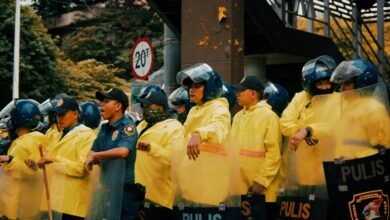77914933 Call Reattempt Ratio in Urban Regions

The 77914933 call reattempt ratio in urban areas reflects critical challenges for emergency services. High call volumes and extended response times strain available resources. Urban density further complicates these issues, impacting communication and operational efficiency. Understanding the factors influencing reattempt patterns is essential. This knowledge could lead to improved strategies for resource allocation. As the urban landscape evolves, the implications for emergency response systems become increasingly significant. What solutions might emerge to address these pressing concerns?
Factors Influencing the Call Reattempt Ratio
While various elements contribute to the call reattempt ratio in urban regions, several key factors emerge as particularly influential.
High call volume often strains resources, leading to prolonged response times, thereby increasing the likelihood of callers reattempting contact.
Conversely, optimal response times may reduce reattempts, reflecting a system’s efficiency.
Understanding these dynamics is crucial for enhancing urban emergency communication systems and fostering community trust.
Implications for Emergency Services
The implications for emergency services in urban regions are deeply intertwined with the call reattempt ratio. High reattempt rates can indicate inefficiencies in response times, leading to critical delays in assistance.
Consequently, this necessitates strategic resource allocation to enhance operational effectiveness. By analyzing call patterns, emergency services can optimize their deployment, ensuring rapid responses and ultimately safeguarding urban populations more effectively.
Analyzing the Impact of Urban Density
As urban density increases, the complexities of the call reattempt ratio become more pronounced, revealing significant insights into the dynamics of emergency response.
Elevated urban mobility and shifting demographic trends contribute to this phenomenon, as higher populations strain resources and infrastructure.
Understanding these relationships is crucial for optimizing response times and ensuring effective communication during emergencies, ultimately enhancing urban resilience and safety.
Strategies for Enhancing Communication Efficiency
To enhance communication efficiency in urban environments, it is essential to implement targeted strategies that address the unique challenges posed by high population density and rapid mobility.
Effective utilization of advanced communication tools can significantly streamline interactions.
Additionally, understanding user behavior allows for tailored solutions that adapt to dynamic urban contexts, ultimately fostering greater connectivity and reducing call reattempt ratios in these bustling regions.
Conclusion
In urban settings, the call reattempt ratio presents a critical challenge that demands urgent attention. As emergency services navigate this complex landscape, it becomes evident that understanding reattempt patterns is key to improving response efficiency. By addressing the underlying factors and implementing strategic communication enhancements, services can navigate these turbulent waters more effectively. Ultimately, a proactive approach will not only reduce reattempts but also bolster the safety and resilience of urban populations, ensuring that help is always just a call away.



